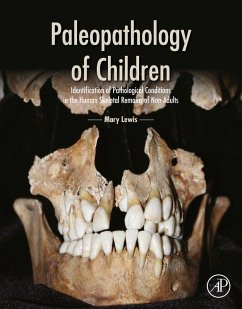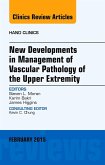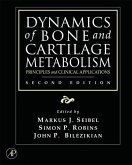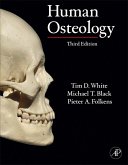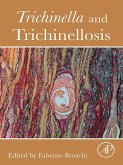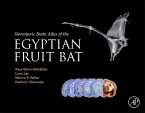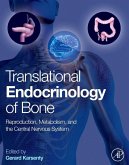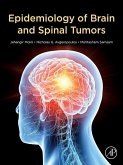Child skeletal remains come in a variety of different sizes, with bones appearing and fusing at different times during growth. Identifying pathology in such unfamiliar bones can be a challenge, and we often rely on photographs of clinical radiographs or intact anatomical specimens to try and interpret the lesions we see in archaeological material. These are usually the most extreme examples of the disease, and do not account for the wide degree of variation we may see in skeletal remains.
- Provides a comprehensive review of the types of pathological conditions identified in non-adult skeletal remains
- Contains chapters that tackle a particular disease classification
- Features for each condition are described and illustrated to aid in the identification
Dieser Download kann aus rechtlichen Gründen nur mit Rechnungsadresse in A, B, BG, CY, CZ, D, DK, EW, E, FIN, F, GR, HR, H, IRL, I, LT, L, LR, M, NL, PL, P, R, S, SLO, SK ausgeliefert werden.

